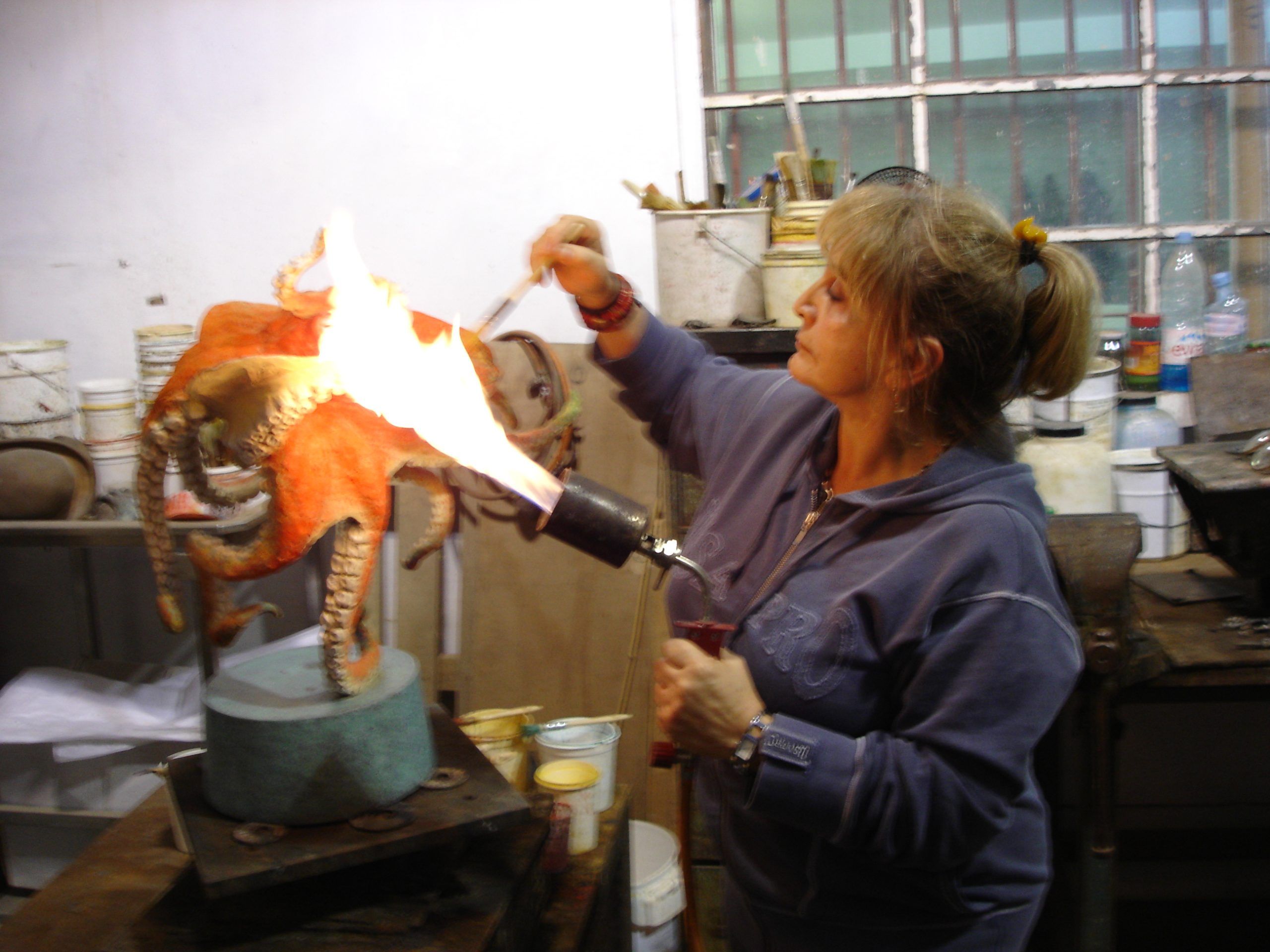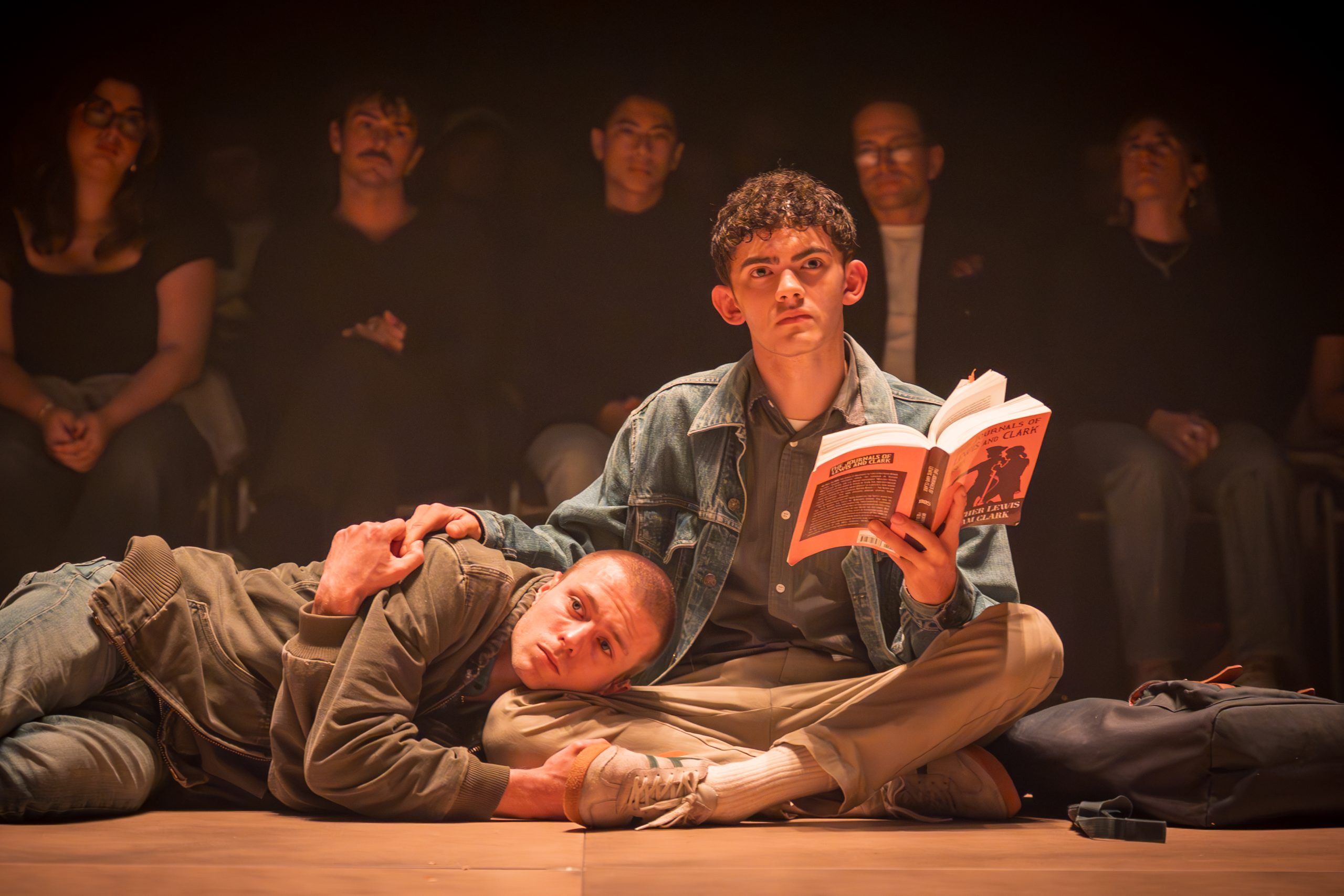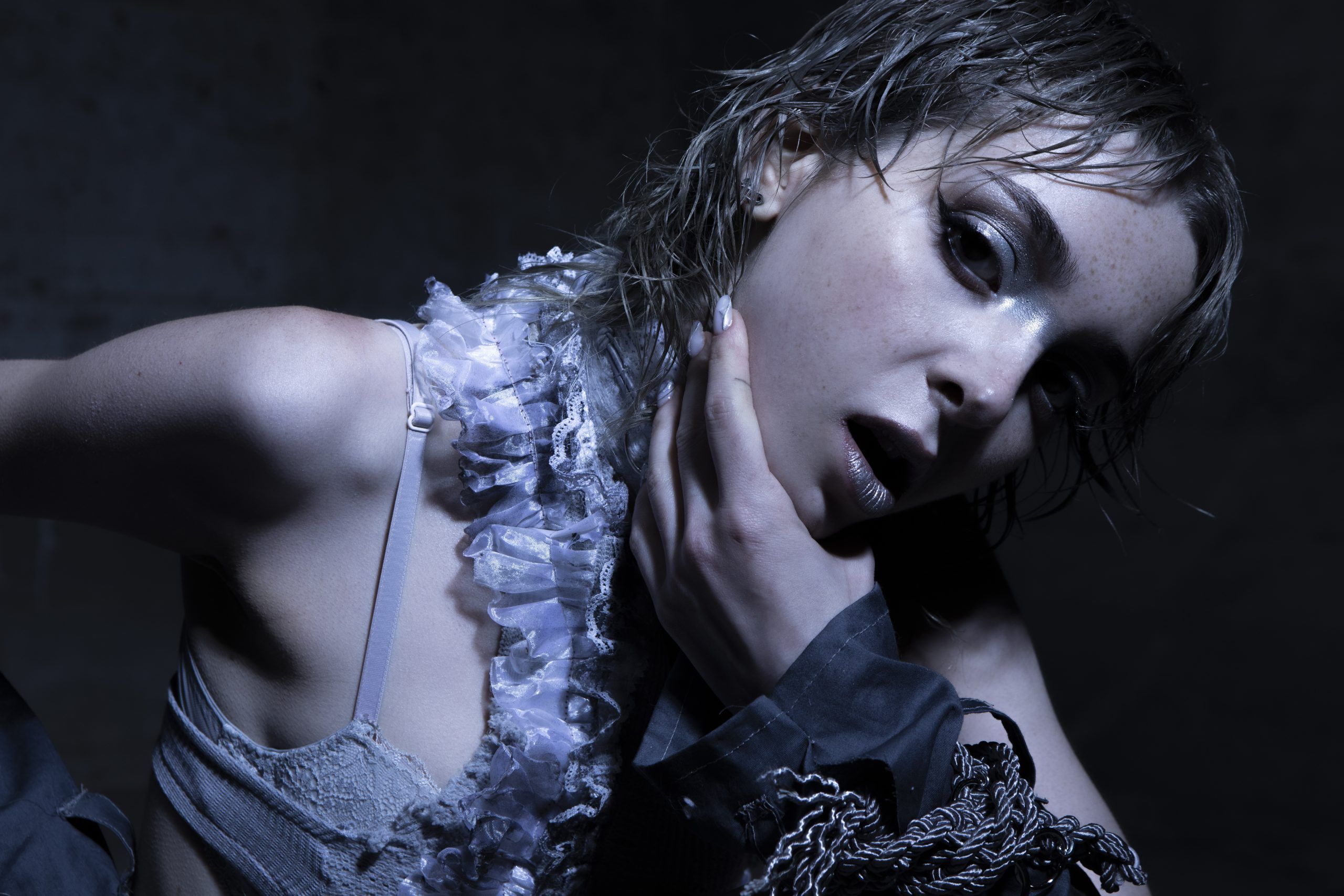A Filipina writer and founder of the narrative-driven fashion journal Woven, Regine Anastacio has built her career on the belief that fashion is never just fabric; it’s a vessel of memory, identity, and transformation. Raised across Manila, Bangkok, and Singapore before moving to New York, Anastacio brings a cross-cultural lens to the fashion world, blending narrative depth with an eye for global aesthetics. In this exclusive, Regine talks about her creative roots, the role of writing in fashion, and the future she envisions for her work.
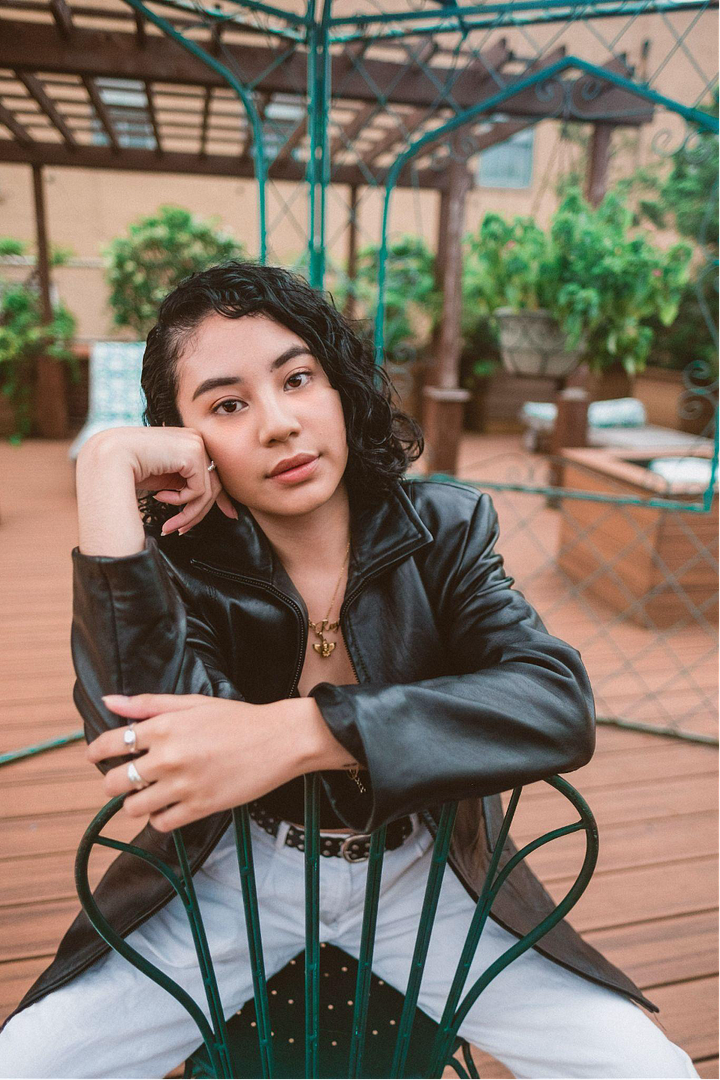
You grew up across Manila, Bangkok, and Singapore before moving to New York. How have these cities shaped the way you see fashion and the stories you tell?
Regine Anastacio: Each city gave me a different vocabulary for fashion. Manila taught me that clothing carries memory, from couture that preserves heritage to ukay-ukay thrift stalls where global wardrobes converge. Bangkok showed me the joy of eclecticism, with its fearless mix of colors and styles. Singapore, on the other hand, is so precise and cosmopolitan; it taught me how minimalism can also feel international and polished. When I arrived in New York at 18 years old, all of those influences collided, and that’s the lens I bring to my writing today.
Each place you’ve lived has its own visual culture. How do you translate those influences into your writing and creative projects?
Regine: I think of writing the way I think of fashion: it’s a form of layering. When I write, I’m layering perspectives I’ve absorbed from different places. Manila adds heart, Bangkok adds boldness, Singapore adds clarity, and New York pushes me to keep evolving. Those layers make every piece feel both personal and global.
You’re both a writer and a fashion storyteller. How do you see the role of writing in shaping fashion conversations today?
Regine: Fashion moves fast with trends, drops, and feeds, but writing forces us to pause. I think its role is to ask the questions clothes can’t answer on their own. Why does this silhouette matter right now? What does this brand say about identity, about memory, about community? Writing gives fashion context, and context is what transforms an outfit into a story.
Many fashion features stop at surface-level trends. How do you approach writing to dig deeper into identity, culture, and memory?
Regine: For me, the clothes are just the entry point. What I’m really interested in is what they unlock, like the drag performer who stitches resilience into sequins or the bride who hides a verse from her partner’s handwriting inside her gown. Those details transform clothing into acts of storytelling. I want readers to walk away feeling like they’ve uncovered not just what someone is wearing, but why it matters.
You launched Woven, a narrative-driven fashion journal. What inspired it?
Regine: I wanted to create a space where fashion’s deeper stories could breathe. In its debut issue, we brought together seven voices, primarily Filipino, alongside one international perspective, to explore fashion beyond aesthetics, from couture and Broadway to drag, body image, branding, and personal transformation.
I also worked closely with our creative head and graphic designer, Danni Go, whose visual direction elevated the magazine’s tone through layout and branding. The name Woven actually came from a conversation with her. We were talking about how fashion exists at all these intersections, like threads coming together into something meaningful. That felt like the perfect metaphor for what I wanted the magazine to be.
Fashion media is so tied to digital platforms now. How do you see writing and long-form storytelling evolving in an age of TikTok and Instagram?
Regine: I actually think they can complement each other. Platforms like TikTok and Instagram capture immediacy, while long-form writing creates space for reflection. The future of fashion storytelling is about blending the two, letting quick, visual content spark curiosity, and then using writing to go deeper. I see them less as opposites and more as different entry points into the same conversation.
Fashion media is evolving rapidly. What gaps or narratives do you feel are missing that you aim to fill with your work?
Regine: Fashion media does an incredible job at capturing trends and commerce. I see my role as complementing that by highlighting the human stories, the cultural memory, the emotion, the contradictions, that remind us why fashion matters in the first place. Whether it’s in Woven or my bylines elsewhere, I want to add to the conversation by focusing on the stories that make fashion personal and cultural.
1883: How do you balance personal voice with journalistic storytelling when writing about fashion?
Regine: For me, it’s about honesty and intention. My personal voice comes through in how I frame the questions I want to ask, whether about identity, culture, or memory. But the storytelling is always in service of the subject or idea. If I write about couture or thrift, I’m not just inserting myself, I’m connecting personal perspective to something bigger. That balance keeps the writing authentic while still giving readers context they can trust.
1883: Looking ahead, how do you envision your role in shaping the global fashion conversation?
Regine: I want to keep building bridges. That means bringing Filipino perspectives into global fashion media, but also showing how threads from Manila, Bangkok, Singapore, New York, and beyond can all coexist in one story. My long-term vision for Woven is to become a platform where fashion journalism thrives as storytelling, narrative-driven, emotional, and resonant on a global scale.
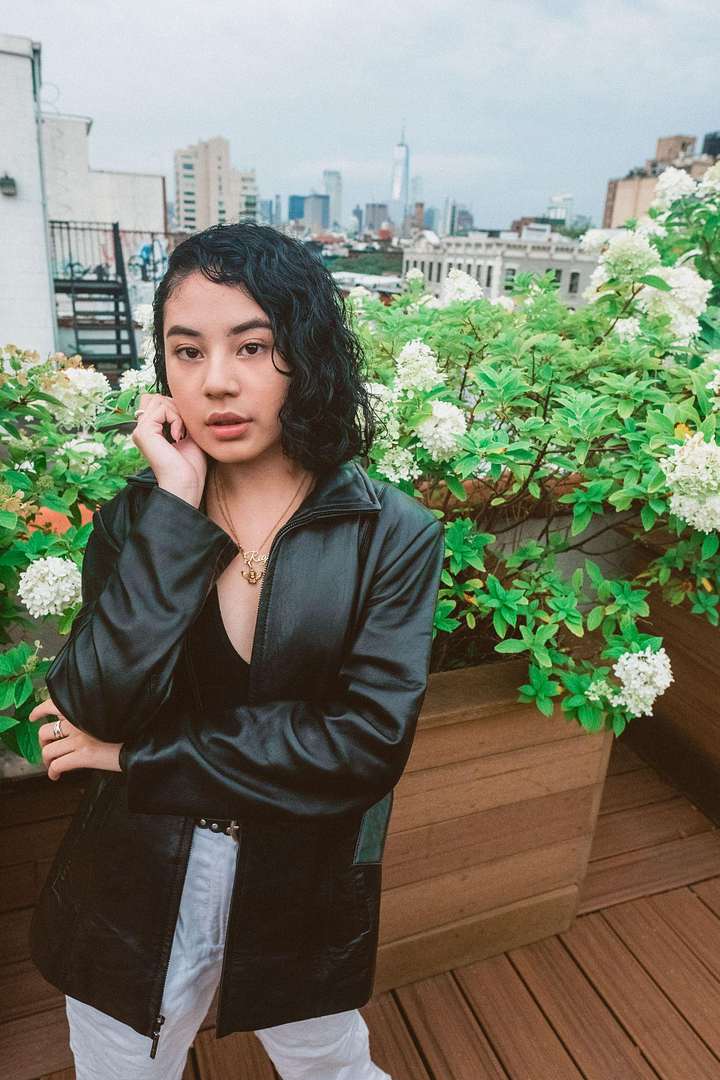
For Regine Anastacio, fashion isn’t just about what we wear; it’s about memory, emotion, and futures stitched together through story. In her hands, every narrative is a thread woven into something lasting.

